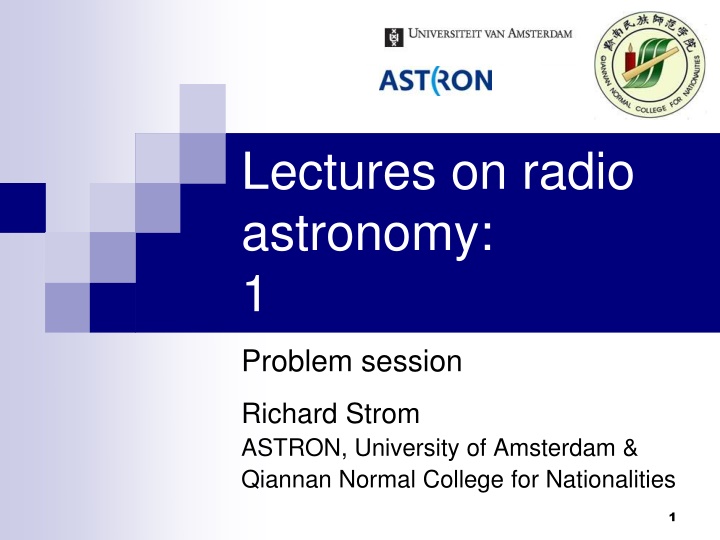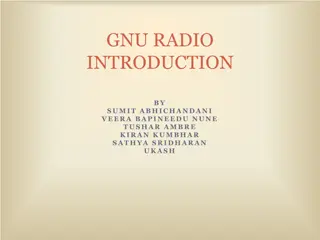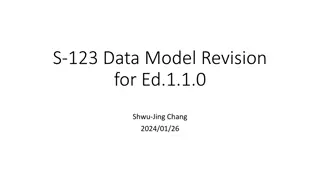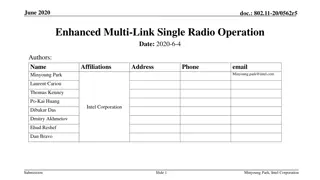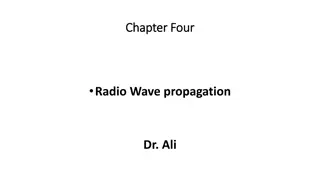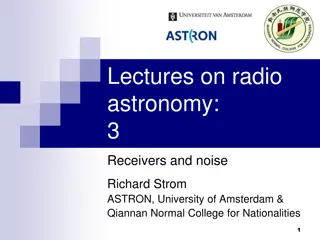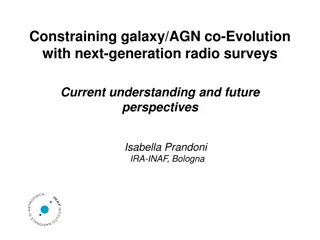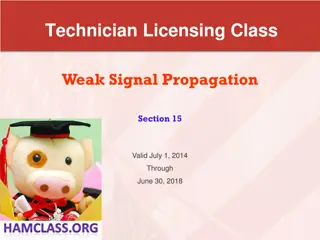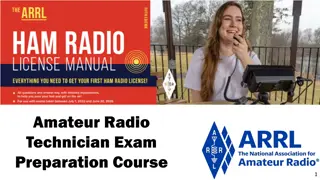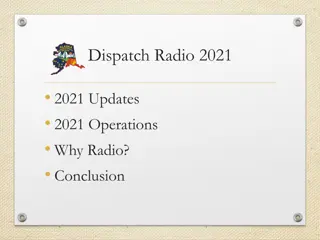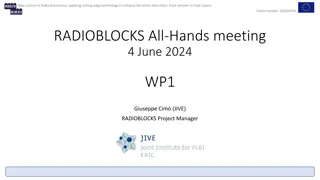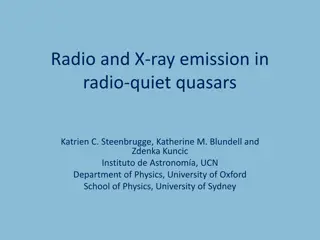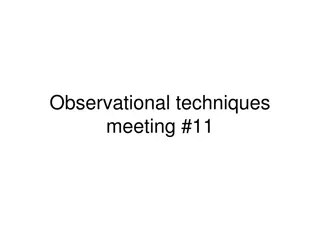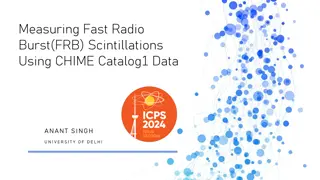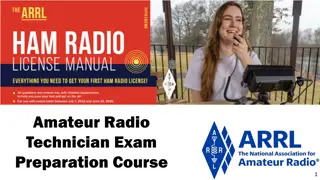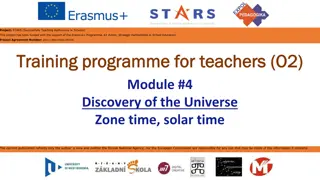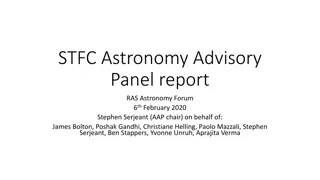Lectures on radio astronomy: 1
In this detailed study, delve into the concepts of angular resolution in radio astronomy through the analysis of Jansky's and Reber's telescopes. Understand the significance of observing frequencies, wavelength calculations, and dimensional analysis in determining angular resolution. Explore how antenna lengths and observing frequencies impact the resolution of telescopes.
Download Presentation

Please find below an Image/Link to download the presentation.
The content on the website is provided AS IS for your information and personal use only. It may not be sold, licensed, or shared on other websites without obtaining consent from the author.If you encounter any issues during the download, it is possible that the publisher has removed the file from their server.
You are allowed to download the files provided on this website for personal or commercial use, subject to the condition that they are used lawfully. All files are the property of their respective owners.
The content on the website is provided AS IS for your information and personal use only. It may not be sold, licensed, or shared on other websites without obtaining consent from the author.
E N D
Presentation Transcript
Lectures on radio astronomy: 1 Problem session Richard Strom ASTRON, University of Amsterdam & Qiannan Normal College for Nationalities 1
Lets again consider Jansky s telescope Observing frequency near 20 MHz This means wavelength = 14.6 m His antenna was some 30.5 m long Angular resolution is, /D: This is in the horizontal direction, the beam was actually like a fan 14.6/30.5 = 0.48 rad 26o 2
What was the angular resolution of Jansky s telescope? Observing frequency: f = 20.5 MHz Angular resolution is, /D First determine wavelength, , from: c = f c = 300,000 km/s, f = 2.05x107 Hz (Hz = 1/s) = c/f = (3x108 m/s) / (2.05x107 /s) = 14.6 m Note: you can use dimensional analysis to check this 3
Dimensional analysis Dimensional analysis is a good check on many calculations The example here is a bit simple, but useful Let s check the equation: c = f The unit of is length (m), the unit of f is frequency (Hz or 1/sec) So for the units of f we have m x 1/sec = m/sec, which is speed (as expected for c) 4
Now we can determine the resolution of Jansky s telescope Angular resolution is, /D = 14.6 m Jansky s antenna was about 30.5 m long Angular resolution, 14.6 m/30.5 m 14.6/30.5 = 0.48 rad = 0.48 x 57o 26o This is in the horizontal direction, the smallest beam 5
Fan beam 6
Lets look at Reber s telescope Observing frequency of 160 MHz This means wavelength = 1.9 m His antenna was about 9.6 m in diameter Angular resolution is, /D: Reber s beam was circular like his dish 1.9/9.6 = 0.2 rad 11o 7
What was the angular resolution of Reber s telescope? Observing frequency: f = 160 MHz Angular resolution is, /D First determine wavelength, , from: c = f c = 300,000 km/s, f = 1.6x108 Hz (Hz = 1/s) = c/f = (3x108 m/s) / (1.6x108 /s) = 1.9 m As before, you could use dimensional analysis to check this. 8
We can again determine the resolution of Reber s telescope Angular resolution is, /D = 1.9 m Reber s antenna was 9.6 m in diameter Angular resolution, 1.9 m/9.6 m 1.9/9.6 = 0.2 rad = 0.2 x 57o 11o This beam is circular (the same in all directions) 9
A couple of comments We will take the resolution of an antenna to be: /D, although realize that this is an approximation Many of you probably know that for an optical telescope (with a circular lens or mirror), the resolution is: = 1.22 /D. This would also be true for a circular antenna (like Reber s), but for simplicity we drop the 1.22 factor 10
Radio vs. optical resolution Even the human eye has better resolution than most radio antennas For an aperture of 2 mm, and = 500 nm, we have /D = 5 x 10-7 m/0.002 m = 0.00025 rad = 0.00025 x 57o = 0.01425o For angles smaller than 1o, we can use minutes ( ) and seconds ( ), so 0.01425o x 60 = 0.9 arc for resolution of human eye 11
